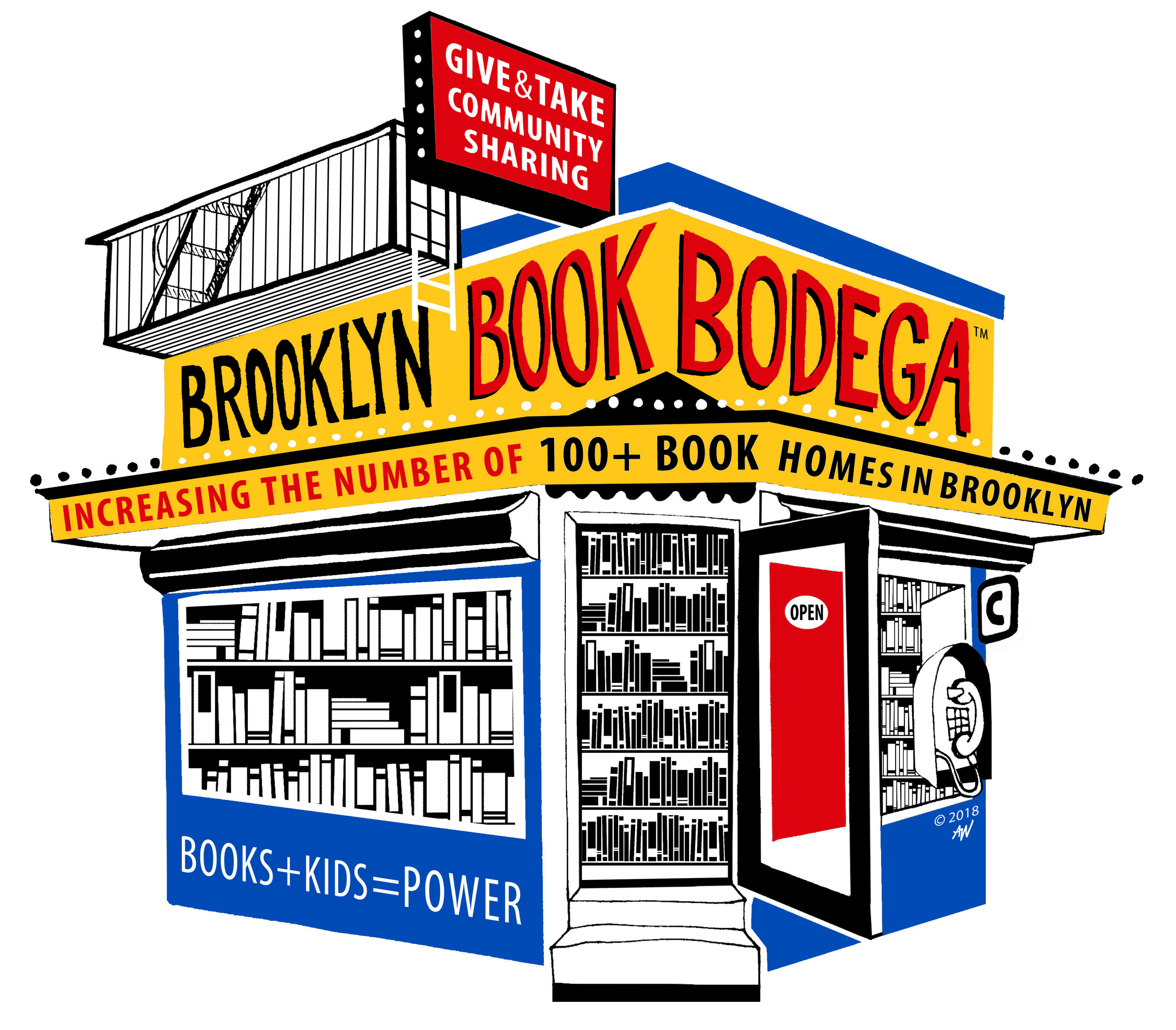READY, SET, READ!
Every year there is “Summer Slide” for infrequent readers and kids who do not engage in summer enrichment activities. Read more about the data and what to do here. Avoid the summer slide by going to the library, joining Brooklyn Book Bodega events, and embarking on educational adventures outside the classroom. Find new favorite books on the “Building a Home Library” lists as compiled by the Ingram Content Group and the Children’s Book Council.
Set summer reading goals for your family!
Download a summer reading calendar. You can work with your child to set reading goals for each month. Maybe you want to set a number of pages to read each day or maybe a number of minutes. The chart is flexible. Just add the dates and the goals. Then make time each day to look at the chart and to discuss your child’s progress. And don’t forget about the bookmarks to go along!
For Babies, Toddlers, and Preschoolers
Read aloud every day. Even if your child cannot read yet, they begin to understand how books and language work. These pre-reading skills are important and help support parent/child bonding.
Make reading interactive and fun. Use different voices and add sound effects.
Read board books. These books are great for little ones to touch and feel without ripping.
Have older kids read to their younger siblings. This allows older kids to practice reading aloud in a safe space and gives the younger child exposure to books.
Elementary School
Is it hard for your child to sit still and listen to a story? Build reading stamina. Decide how long you want to read together or independently each day. Then add 1 minute each day until you reach your goal.
Balance reading together with having your child read to you. Swap pages. Even though they are getting older, make time to read together.
Reread the same books over and over again. This will build familiarity with vocabulary and allow your child to understand more of the story.
Model reading like an actor by using different voices for the characters.
Stop before, during, and after reading to ask questions. Some examples are:
Why do you think the character made that choice?
What would you have done if you were in the story?
What advice would you give the character?
Middle School
For any doubters, graphic novels are totally legit reading material. Many of them have a high-level vocabulary, complicated plots, and are funny.
Start a book club for your child with several friends. Host a book club party when they are done with the book. Set up ground rules for the club: Will the adults read the book, too? Are there questions everyone should think about before gathering?
Everyone loves choice about what they read, but preteens and teenagers are especially focused on asserting their independence. Look for familiar authors or series as a jumping-off point when selecting new books. Look online and pre-order books or visit the library once they reopen.
High School
Kids who read during the summer keep their brains active and are primed to do better in school in the fall. If they understand the WHY behind reading, they may be more willing to keep trying.
The more kids know, the more they are ready to know. Knowledge sticks to knowledge. Have your child select a subject that they want to know more about; maybe it is a hobby or a career that they are interested in. Then, have them select 3-5 articles or books that deal with that topic. When they are done, have them record a brief commercial explaining what they have learned.
Have your teen choose a poem or monologue to memorize. Repeated readings build deep understanding. If your child chooses something that they want to memorize, they can have fun while building important skills.
Graphic Novel Recommendations for Teens
March by John Lewis is a three-book graphic novel that tells about the life of this Civil Rights legend. It is accessible and educational—a great introduction to the leader and his invocation to make “good, necessary trouble.”
Boxers & Saints by Gene Luen Yang is a two-part series about the complicated history of Christian missionaries in China, specifically focusing on the Boxer Rebellion. The first book is told from Lee Bao’s perspective and the second one from Vibiana’s perspective skillfully illustrating the idea that there are multiple sides to every issue.
Honor Girl by Maggie Thrash is a memoir about a girl at an all-girls camp who falls in love with her counselor. It is a coming of age story of friendship, heartbreak, and adolescence.
Maus by Art Spiegelman was one of the first graphic novels published in the U.S. In this two-part graphic novel, the author interviews his father about his experiences as a Polish Jew and a Holocaust survivor. Spiegelman’s innovative characters capture the reader’s attention and provide a personal look at a tragic history.
Almost-American Girl by Robin Ha is a graphic novel memoir about immigration, belonging, and how arts can save a life. When Robin’s mom abruptly remarries, her life is upended with a global move and a new stepfamily.

